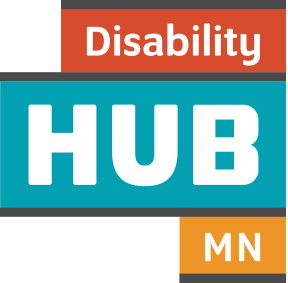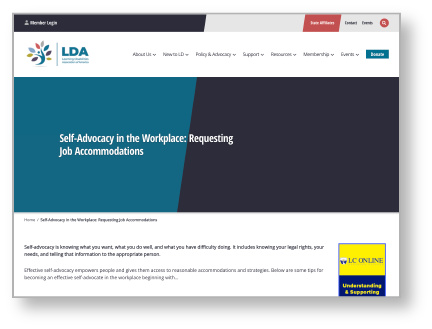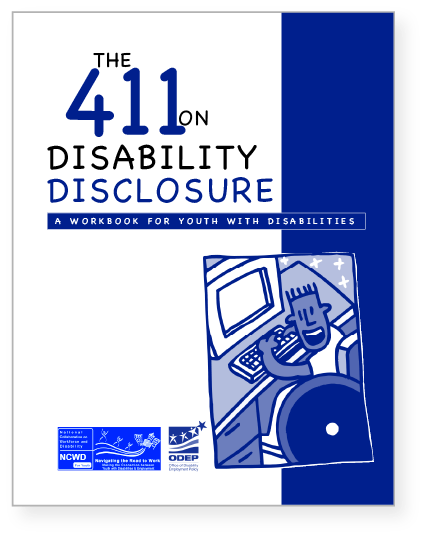Does the youth have self-advocacy, self-determination and self-efficacy skills for the workplace?
Youth in Transition Toolkit:
Youth in Transition Toolkit
- Minnesota’s Youth in Transition Framework
- Educate yourself
- Engage families
-
Support youth
- My best life
- In(ter)dependent living
- Employment
- Postsecondary education and training
3


Employment
Advocacy and supports
Self-advocacy in the workplace
-
- Awareness: Understand self-advocacy, self-determination and self-efficacy and their impact in the work environment.
- Exploration: Identify strengths, preferences, interests and needs related to self-advocacy, self-determination and self-efficacy.
- Preparation: Practice self-advocacy, self-determination and self-efficacy skills at home, school and in the community.
- Implementation: Use appropriate self-advocacy, self-determination and self-efficacy skills successfully on the job.
-
Instruction in self-advocacy
Hear what young people have to say about self-advocacy
Watch this 4-minute video to learn about different environments and experiences where young people advocated for themselves at work, in school and with family.
Self-Advocacy

LEARN: Develop your knowledge
Learn how to support youth in exploring self-advocacy in the workplace.
-
Read the blog How to advocate for yourself at work for insights you can share with the youth you support.

DO: Work with youth
Find resources to help youth explore self-advocacy in the workplace.
-
From the Learning Disabilities Association of America, this Self-Advocacy in the Workplace resource walks through steps for advocating on the job.
-
The 411 on Disability Disclosure: A workbook for youth with disabilities (PDF) is designed to help youth make informed decisions about whether or not to disclose their disability — including how the decision could impact their education, employment and social lives.


